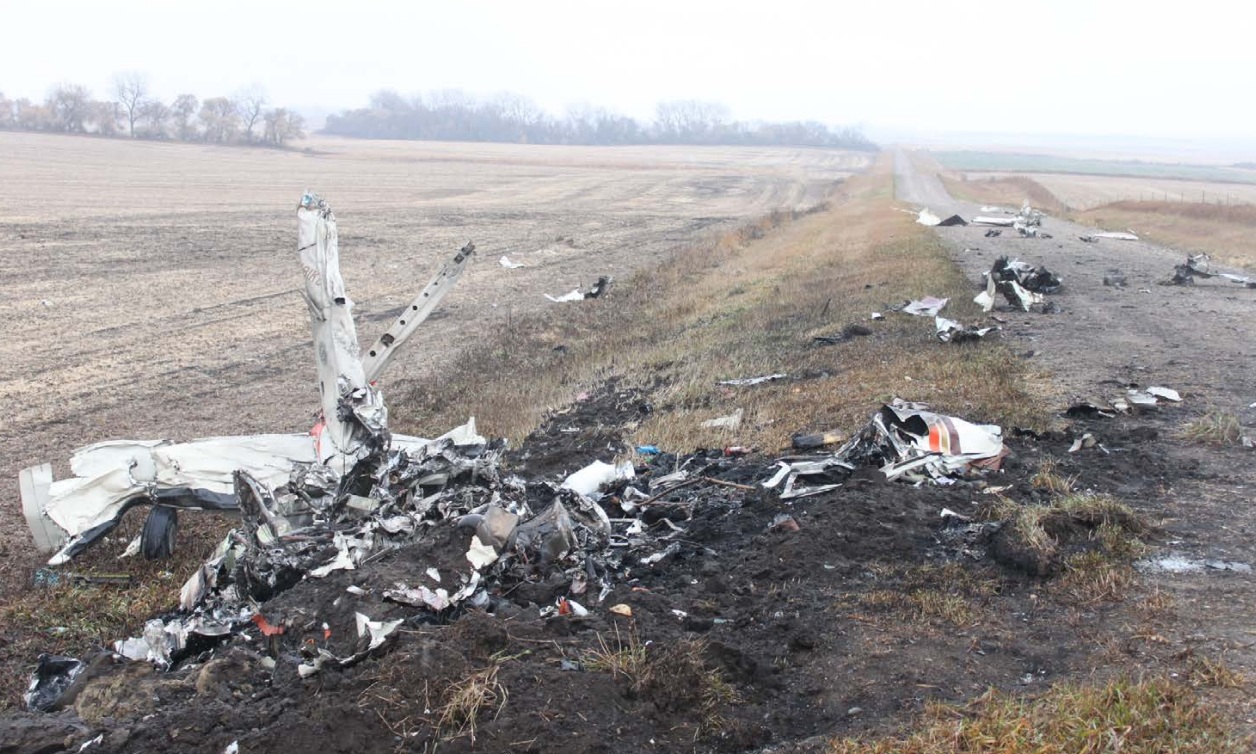
ASN Wikibase Occurrence # 217151
This information is added by users of ASN. Neither ASN nor the Flight Safety Foundation are responsible for the completeness or correctness of this information.
If you feel this information is incomplete or incorrect, you can submit corrected information.
| Date: | Friday 2 November 2018 |
| Time: | 11:30 |
| Type: |  Cessna T210N Turbo Centurion II |
| Owner/operator: | Private |
| Registration: | N81KD |
| MSN: | 210-64484 |
| Year of manufacture: | 1981 |
| Total airframe hrs: | 3930 hours |
| Engine model: | Continental TSIO-520 SER |
| Fatalities: | Fatalities: 1 / Occupants: 1 |
| Aircraft damage: | Destroyed |
| Category: | Accident |
| Location: | Clark County NW of Bradley, SD -
 United States of America United States of America
|
| Phase: | En route |
| Nature: | Private |
| Departure airport: | Clark, SD (8D7) |
| Webster, SD (1D7) | |
| Investigating agency: | NTSB |
| Confidence Rating: |
The non-instrument-rated pilot was conducting a cross-country personal flight. Earlier on the morning of the accident, the pilot had diverted from his intended destination airport because of poor weather there. After waiting at the diversion airport for about 1.5 hours, the pilot decided to attempt the 35-mile flight to the destination airport. During taxi, the pilot called a friend to ask about weather conditions close to the destination airport, and the friend advised the pilot that "pretty low clouds" existed.
The pilot departed and remained at a low altitude until about 3 minutes before the accident, when air traffic control radar captured the airplane's altitude at 800 ft above ground level (agl). During the last minute of recorded data, the airplane made a climbing left turn of about 90° from an altitude of 1,000 to 2,100 ft agl and slowed from a groundspeed of 144 to 106 knots. A witness near the accident site heard what sounded to be an airplane climbing and descending twice, which was followed by the sound of a "loud bang." The airplane impacted terrain with a nose-down attitude at high speed, and a postcrash fire ensued. Postaccident examination of the airframe and engine revealed no evidence of mechanical malfunctions or failures that would have precluded normal operation.
Even though the available evidence indicated that the pilot did not request a weather briefing or receive weather information from a vendor, the pilot should have known, before the start of the flight, that instrument meteorological conditions (IMC) would likely exist near his destination based on the information that his friend provided. The weather conditions at the closest official reporting station to the accident site during the time surrounding the accident indicated a 500-ft cloud ceiling and reduced visibility due to mist, and AIRMETs that were valid for the accident location and time indicated that instrument flight rules conditions existed. This information confirmed that the accident airplane was in IMC at the time of the accident.
On a previous flight, the pilot had intentionally flown into IMC conditions with the autopilot on. The pilot's decision to fly along a route with low ceilings and his subsequent entry into IMC conditions most likely resulted in the pilot becoming spatially disoriented, which led to a steep dive and ground impact.
Probable Cause: The non-instrument-rated pilot's improper decision to conduct a flight in which instrument meteorological conditions existed along the route of flight, which resulted in spatial disorientation and a loss of airplane control.
Accident investigation:
 |
|
Sources:
NTSB
FAA register: https://registry.faa.gov/aircraftinquiry/NNum_Results.aspx?NNumbertxt=81kd+
Location
Images:

Photo: NTSB
Revision history:
| Date/time | Contributor | Updates |
|---|---|---|
| 03-Nov-2018 04:24 | Geno | Added |
| 03-Nov-2018 19:03 | Geno | Updated [Aircraft type, Location, Departure airport, Destination airport, Source, Damage, Narrative] |
| 05-Nov-2018 19:32 | Captain Adam | Updated [Registration, Operator, Source] |
| 05-Nov-2018 23:49 | Geno | Updated [Cn, Operator, Source, Narrative] |
| 07-Nov-2018 02:44 | RobertMB | Updated [Aircraft type] |
| 19-Apr-2020 07:02 | ASN Update Bot | Updated [Time, Cn, Operator, Nature, Departure airport, Destination airport, Source, Narrative, Accident report, ] |
| 19-Apr-2020 14:43 | harro | Updated [Phase, Source, Narrative, Photo, Accident report, ] |
Corrections or additions? ... Edit this accident description
The Aviation Safety Network is an exclusive service provided by:


 ©2024 Flight Safety Foundation
©2024 Flight Safety Foundation